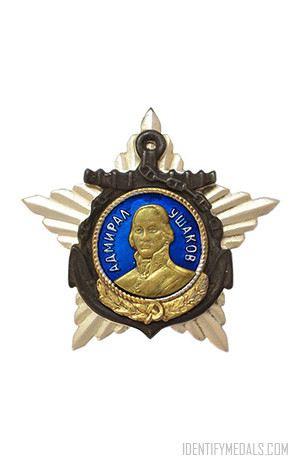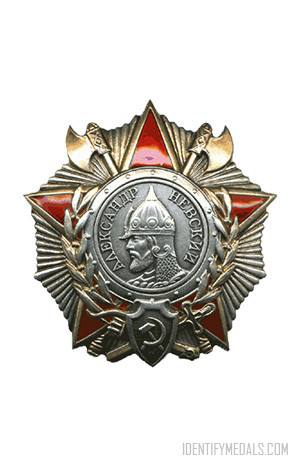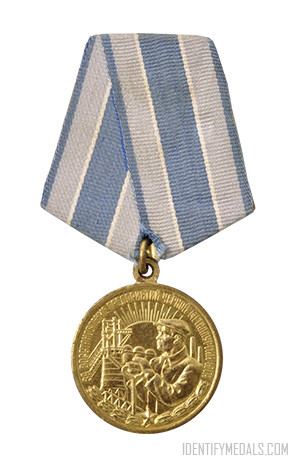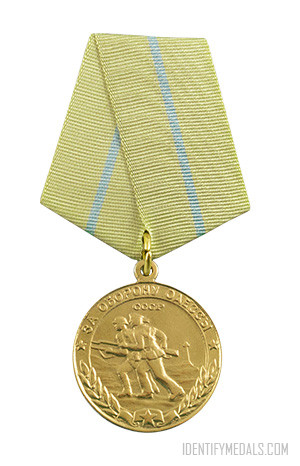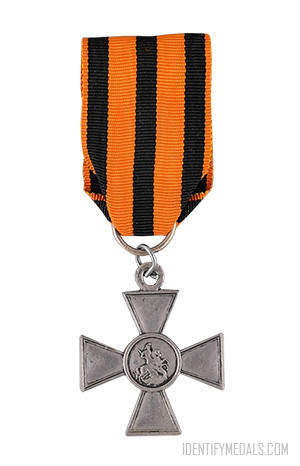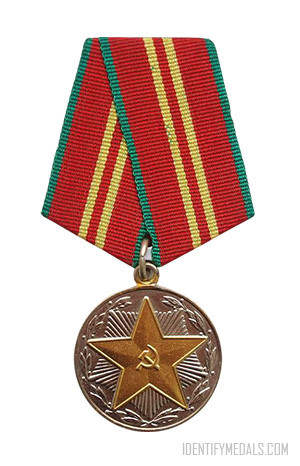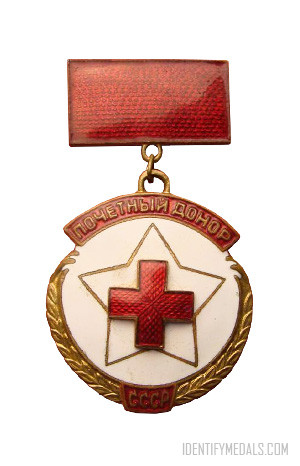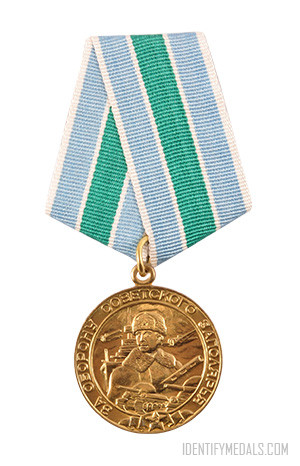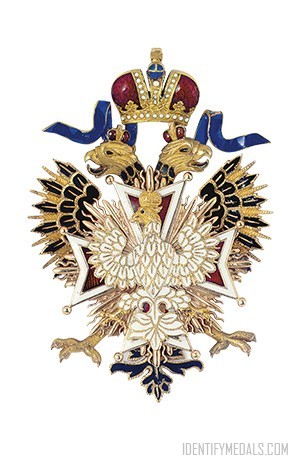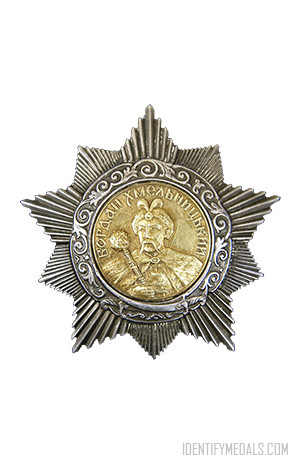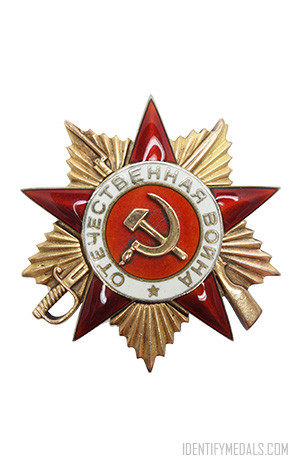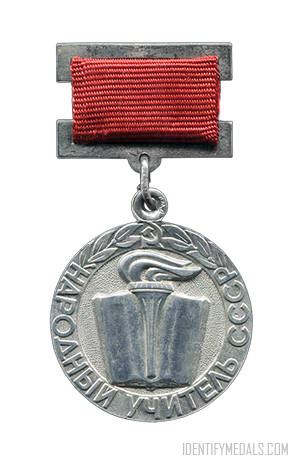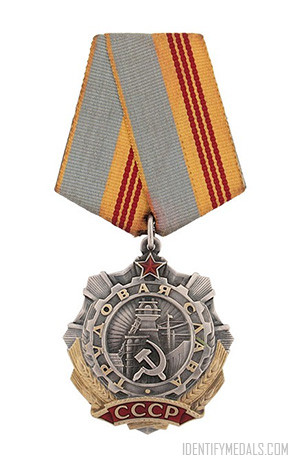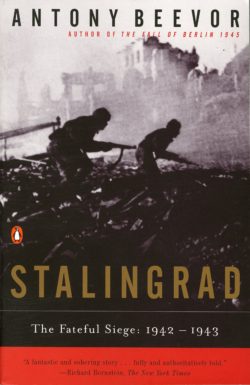- Time Period: Second World War
- Year of Institution: 3 March 1944
- Country: Russia & USSR
The Order of Ushakov (or Орден Ушакова in Russian) is a military decoration of the Russian Federation bestowed to command grade naval officers for outstanding leadership. The Order is named in honor of admiral Fyodor Ushakov (1744–1817) who never lost a battle and was proclaimed patron saint of the Russian Navy.
The order was established in two classes during World War II by the decision of the Presidium of the Supreme Soviet of the USSR of March 3, 1944. Following the 1991 dissolution of the USSR, the Order of Ushakov was retained unchanged by the Decision of the Supreme Soviet of the Russian Federation. The Decree amended the Order to its present form, a ribbon mounted single class Order.
The Order of Ushakov Design
The Order of Ushakov is a 40 mm wide blue enamelled silver cross pattée, seven silver rays of increasing size protrude from the center between each cross arm. The Order’s 1st class was of multi part construction consisting of a five pointed star struck from platinum, an oxidized silver anchor and chain secured to the platinum star with four rivets, and a circular central medallion struck from gold.
On the obverse and superimposed on the anchor is the relief image of admiral Ushakov. The background is covered in dark blue enamel and around the admiral’s head is the inscription in gilt letters “ADMIRAL USHAKOV” («АДМИРАЛ УШАКОВ»). Below him, laurel and oak branches are bisected by the hammer and sickle.
The central medallion was secured to the platinum star by two rivets and surrounded by a gilt rope. On the reverse, a threaded screw and a 33 mm in diameter nut arrangement for attachment to clothing.
The only noticeable difference between the Soviet and early Russian Federation variants was the abrogation of the hammer and sickle from the latter.

